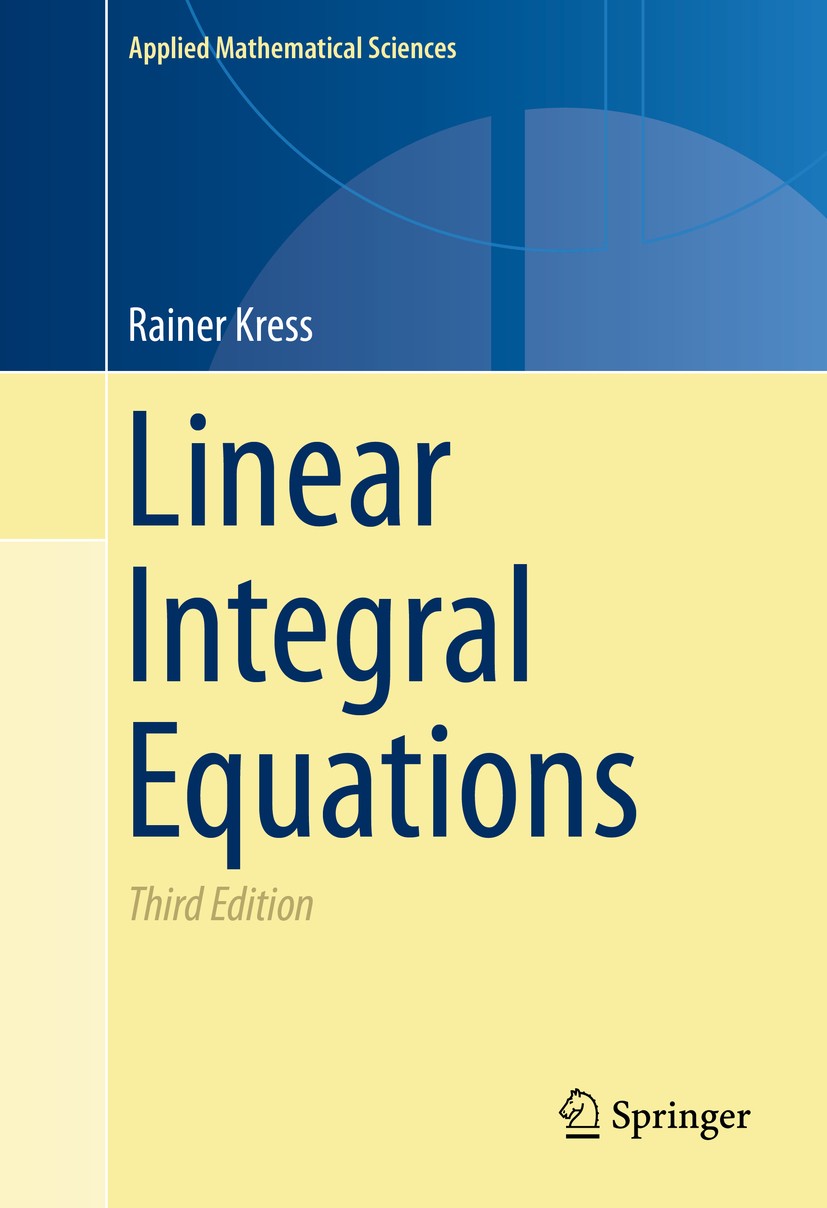| 书目名称 | Linear Integral Equations |
| 编辑 | Rainer Kress |
| 视频video | http://file.papertrans.cn/587/586330/586330.mp4 |
| 概述 | Complete basis in functional analysis including the Hahn-Banach and the open mapping theorem.More on boundary integral equations in Sobolev spaces.New developements in collocation methods via trigonon |
| 丛书名称 | Applied Mathematical Sciences |
| 图书封面 |  |
| 描述 | .This book combines theory, applications, and numerical methods, and covers each of these fields with the same weight. In order to make the book accessible to mathematicians, physicists, and engineers alike, the author has made it as self-contained as possible, requiring only a solid foundation in differential and integral calculus. The functional analysis which is necessary for an adequate treatment of the theory and the numerical solution of integral equations is developed within the book itself. Problems are included at the end of each chapter. .For this third edition in order to make the introduction to the basic functional analytic tools more complete the Hahn–Banach extension theorem and the Banach open mapping theorem are now included in the text. The treatment of boundary value problems in potential theory has been extended by a more complete discussion of integral equations of the first kind in the classical Holder space setting and of both integral equations of the first and second kind in the contemporary Sobolev space setting. In the numerical solution part of the book, the author included a new collocation method for two-dimensional hypersingular boundary integral equ |
| 出版日期 | Textbook 2014Latest edition |
| 关键词 | Hölder spaces; Nyström method; Riesz-Fredholm therory; Sobolev spaces; boundary integral equations; dual |
| 版次 | 3 |
| doi | https://doi.org/10.1007/978-1-4614-9593-2 |
| isbn_softcover | 978-1-4939-5016-4 |
| isbn_ebook | 978-1-4614-9593-2Series ISSN 0066-5452 Series E-ISSN 2196-968X |
| issn_series | 0066-5452 |
| copyright | Springer Science+Business Media New York 2014 |
 |Archiver|手机版|小黑屋|
派博传思国际
( 京公网安备110108008328)
GMT+8, 2025-11-11 08:46
|Archiver|手机版|小黑屋|
派博传思国际
( 京公网安备110108008328)
GMT+8, 2025-11-11 08:46


